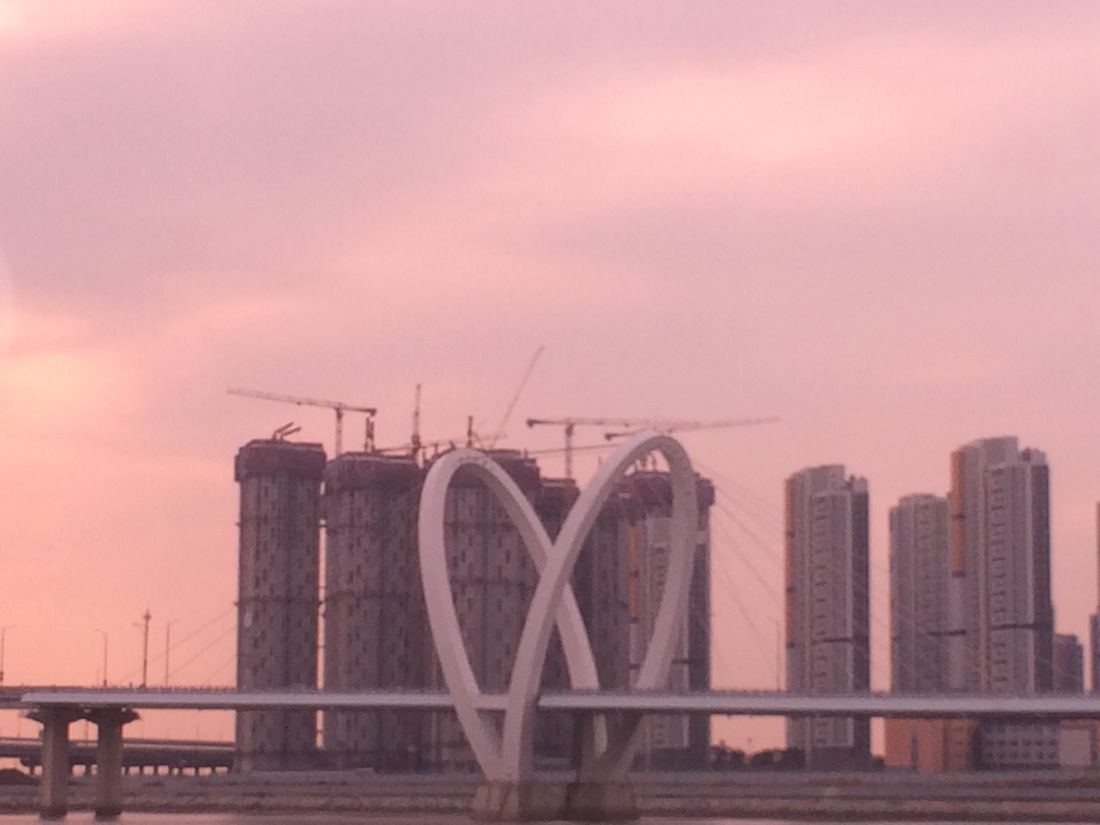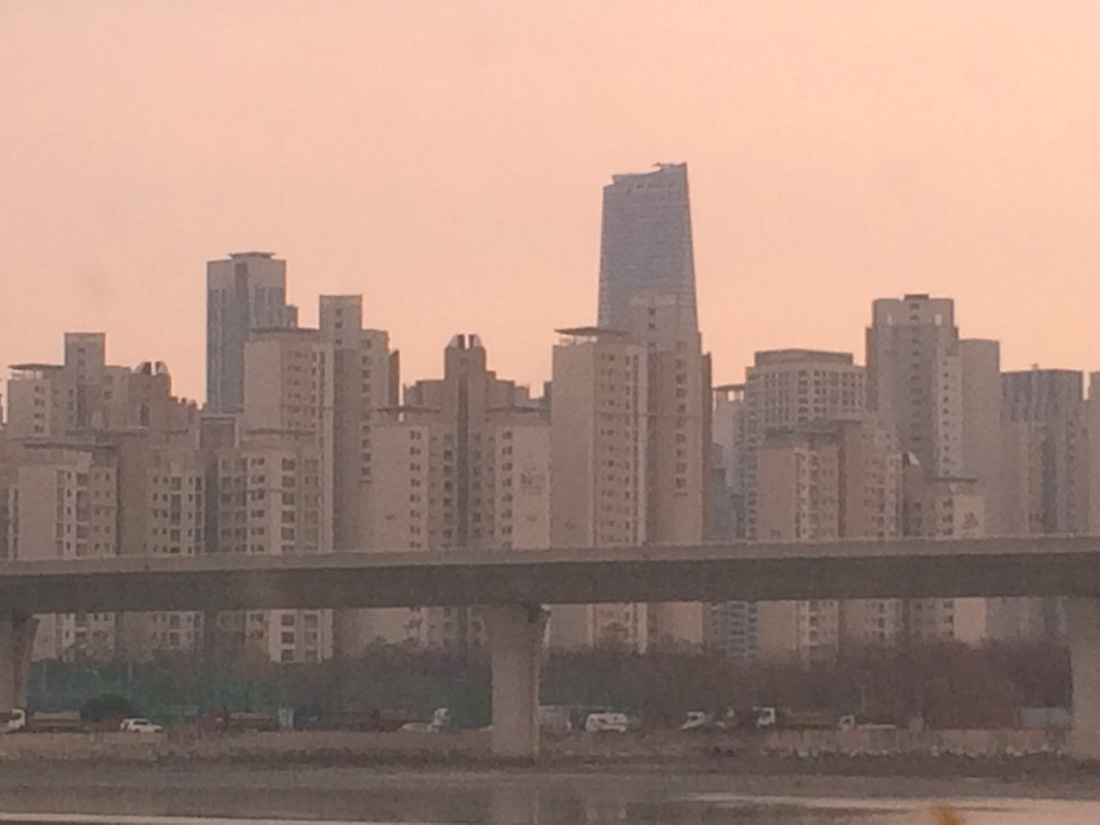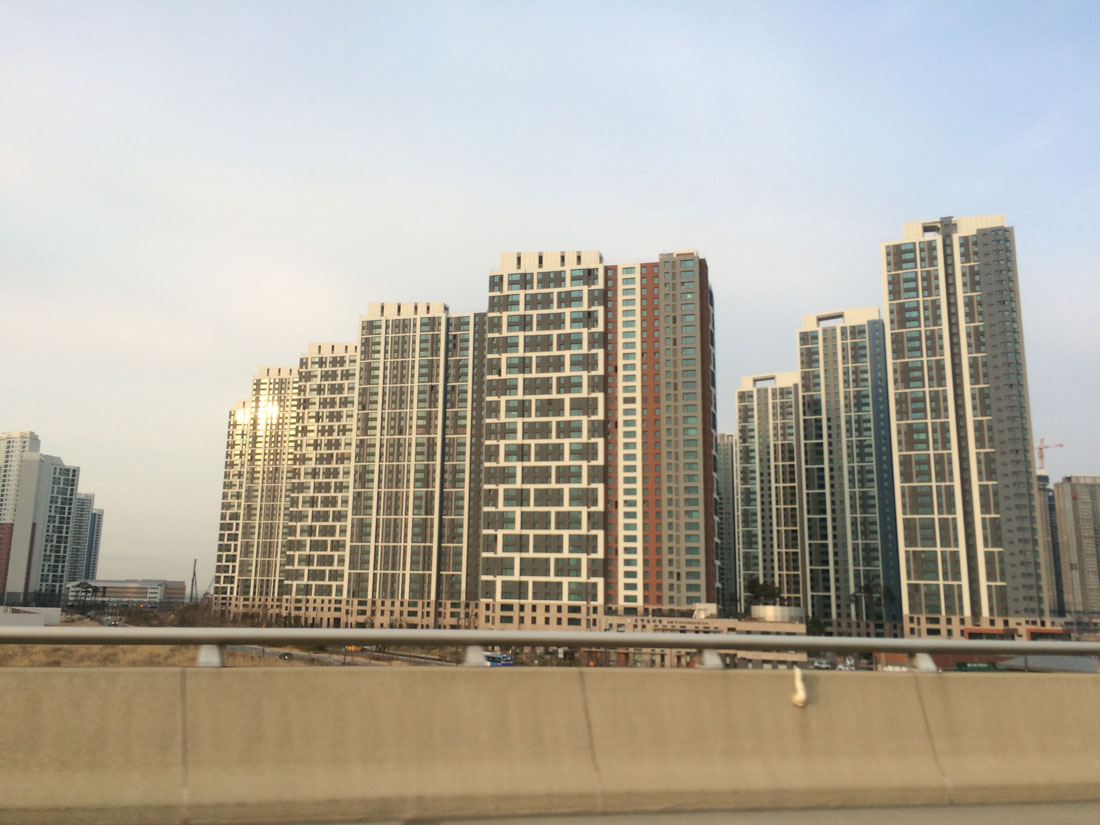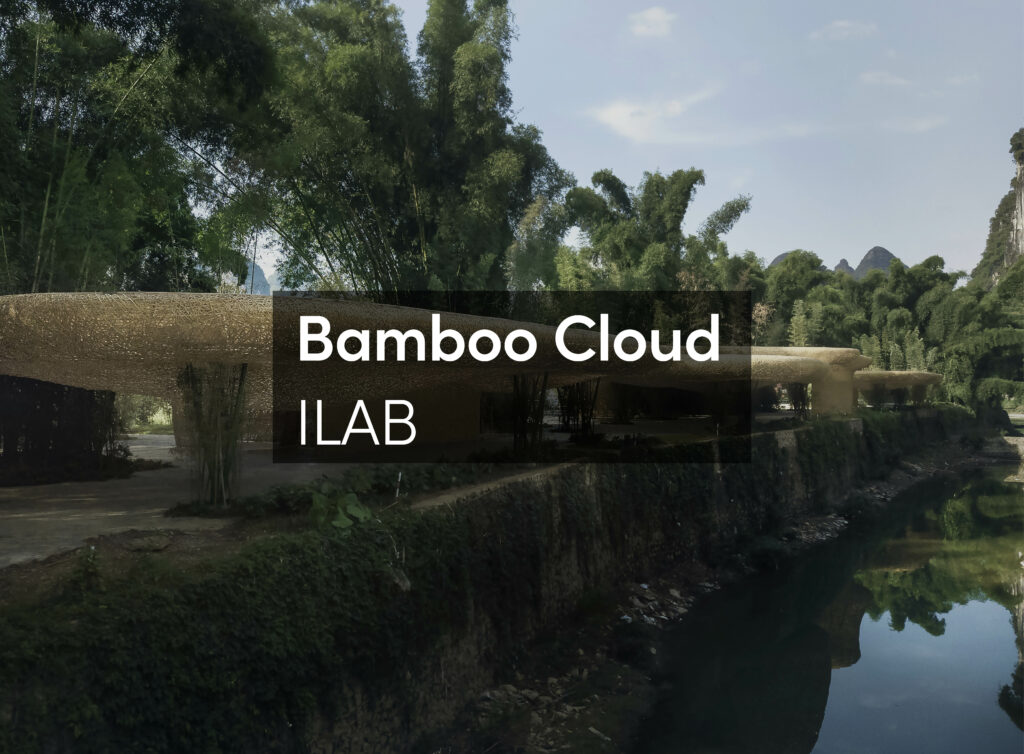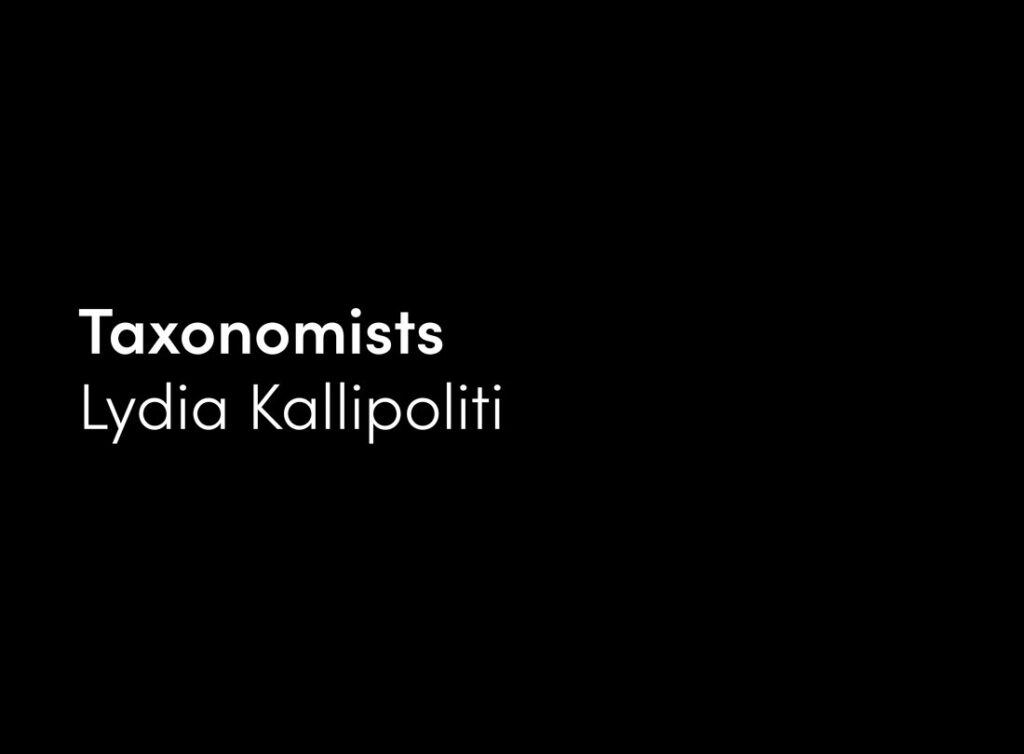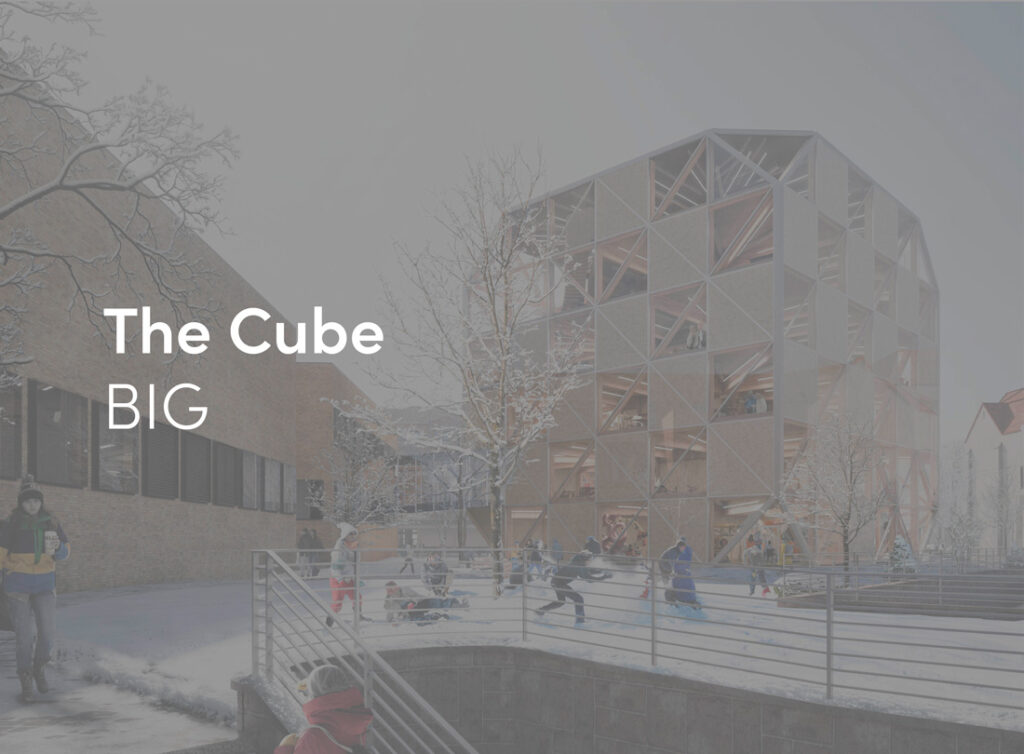Cities are formed by mobilities as well as moorings. Located at the confluence of rivers, roadways, ports, rail termini, highways, and airports, cities have long been understood as a space of flows of people, goods, information, and ideas. They are places of intense infrastructural density founded upon the energy and resource-dependent movements of people, data, and objects: “Much of the city’s existence is concerned with energy flows taking place on different levels: from water and sewage through to electricity and information, from people and animals, to machines and vegetables.”[1] The material turn in mobilities research highlights these geoecological underpinnings and spatial questions surrounding infrastructures, including the global political economies of oil, carbon, and the mining of metals.[2]
Cities rely upon an exceptional scale of connections, networks, and flows, with “infrastructure” being the “basic physical and organizational structures and facilities (e.g. buildings, roads, power supplies) needed for the operation of a society or enterprise.”[3] Contemporary urban systems are places not just of human surface transportation but also vast movements of energy through pipelines and cables, long-distance travel of freight by air and rail, and communication networks that reach into aerial and orbital space. While transport studies have largely been interested in horizontal movements over the face of the earth, we need to include vertical mobilities from the deep sea and underground mines to the aerial spaces of aviation and low earth-orbiting satellites.[4] Mobility justice on the ground must take into account these extended “operational landscapes” and “vertical dimensions of human world-making.”[5]
The bundling of “network architectures” of “critical infrastructure” such as energy grids, pipelines, and communications cables is also part of an infrastructure of empire.[6] Contemporary cities can in fact be understood as nodes in transnational networks of critical infrastructure, that also manifest deeply colonial and imperials forms. Infrastructure is not simply proximate to urban centers; it is literally constitutive of the city—and the modern metropolis is almost inevitably a global imperial formation because it must source its life-support systems from around the world. Critical urban infrastructures shape and control mobilities in highly uneven ways, not just locally and regionally, but also transnationally and globally.
Mobilities are organized in and through mobility regimes and uneven infrastructure spaces that simultaneously presuppose and reproduce immobile “others.” Mobilities are never free but are in various ways channeled, tracked, controlled, governed, under surveillance, and always unequal. They are striated by gender, race, ethnicity, class, caste, color, nationality, age, sexuality, differential abilities, etc.—both in the past and today. Mobility regimes can be defined as systems “of disciplining and channeling movements and mobility by way of principles, norms, and rules,” which shape movement, space, behavior, and conduct.[7] Often such norms and rules take a material form, built into the very infrastructure of cities and streetscapes. Mobility regimes generate dynamic topologies of the infrastructural spaces of movement, enabling some people to speed through without a glance, while others are slowed, detained, or expelled.[8]
Infrastructure has recently become a key topic of critical social theory. Deborah Cowen writes of the need for alternative infrastructures of hope and infrastructural repair that would help produce different social futures. “What might it mean,” Cowen asks, “to ground citizenship in the material architectures and social relations of alternative infrastructure instead of the gate/ways of corporations and nation states? Could repairing infrastructure be a means of repairing political life more broadly?”[9] Lauren Berlant even more broadly describes infrastructure as “defined by the movement or patterning of social form. It is the living mediation of what organizes life: the lifeworld of structure.” A war, a disaster, or even more ordinary day-to-day failures of infrastructure can open up potentials for “new organizations of life” through what she calls “glitchfrastructures.” Insofar as anti-austerity, antiracism and antixenophobic movements all condense around “the infrastructural breakdown of modern practices of resource distribution, social relation, and affective continuity,” she finds hope here for new potentials.[10]
In the Global South, on the margins of global cities everywhere, and in the regions that James Ferguson calls the “global shadows” of the neoliberal world order, the challenges of precarious access to mobility (and unsafe or risky mobilities) produce the sharpest contours of uneven infrastructure. Mobility justice, from this perspective, is concerned with which “moves”—and resting places, dwellings, gatherings, or assemblies—are allowed or denied, who gets to decide, and whose mobility is valued and self-determined. A mobility justice perspective informed by feminist, postcolonial/indigenous, critical race, and disabilities theories leads one to ask how some people’s freedom of mobility impacts and depends on others’ coerced mobilities, slowed mobilities, uprootings, and re-routings.
Focusing on infrastructural justice empowers us to ask questions about the relation between larger scale mobilities and local, situated access—i.e., the material connections between distributed sites of mobilization and demobilization, the circulations that connect production and consumption, the borders and walls that enact inclusion and exclusion. There has been a recent renewal of global/local struggles over infrastructural justice organized around the conflicts over hydraulic fracturing, oil and gas extraction, and the building of pipelines and megadams (both of which export energy elsewhere and damage the land). Sometimes these struggles come to the foreground especially after breakdowns, disruptions, and natural disasters. At other times, we find the activation of mobility justice in political struggles such as Occupy, which reclaim public spaces and forms of assembly in the heart of cities, or in indigenous peoples’ movements, which have taken the lead in connecting local and global movements that demand that we move across the Earth differently.
As one group of Water Protectors expressed this regarding Indigenous infrastructural blockades across Turtle Island (aka North America):
Pipelines are pieces of critical infrastructure produced to satisfy the energy needs of the global capitalist world. There isn’t a way to have operating freeways, stores full of the latest electronic gadgets, military occupations of foreign countries, or Super Wal-Marts full of food grown by wage slaves in the global south without the oil infrastructure. To be against pipelines is to be against the very world we inhabit. No struggle that sets out to permanently destroy the possibility of all future pipelines imposed on this Earth can ever be successful without radically transforming the society that produces them through its energy needs.[11]
How can we rebuild broken infrastructural space more justly, when so often it deepens uneven geographies of super-accumulation by a few and theft of common goods (such as clean air, rivers, and oceans) from many? Critical approaches to infrastructure building, and more generally “development,” demand that we ask: Who is connected? Who moves? Who is displaced? Who benefits? And is there any reason to be optimistic about the possibility for hacking or bending infrastructures towards greater social justice?
Cowen notes the important role that infrastructure systems play in “profoundly material” crises, reminding us how “relations of power and of force rely on socio-technical systems, that are themselves increasingly the object of struggle.” She writes eloquently about the connection between movements such as the protests against oil pipelines across indigenous communities in North America, the increasingly frequent blockades of dams, ports, highways, and rail infrastructure, and the politics of airports and the detention of migrants that are another kind of mobility infrastructure:
Infrastructure connects a range of political conflicts which might otherwise seem disparate and discrete: crises surrounding the rights of refugees and the provision of asylum in a world of thickening borders; crises of indigenous peoples’ lands and sovereignty in the face of transnational extractive industries; crises regarding local livelihoods in an economy organized through speed and flexibility in trade across vast distances; crises of water infrastructure in Black and Indigenous communities; crises of police and carceral violence that breed profound distrust in the core institutions of the state for communities of color.[12]
Most importantly, her work teaches us how “infrastructure may entrench injustice in systems that seem technical rather than political, instead of technopolitical, and thus can serve to naturalize those relations. And infrastructure does not simply reflect existing inequality but may engineer and entrench new forms.”[13] Indeed, nature itself can become infrastructure, as anthropologist Ashley Carse argues in his study of the Panama Canal as a transit zone, where the management of forests, agriculture, and the movement of water on a vast scale inextricably entangle the technopolitics of man-made infrastructure (e.g., the canal itself and the 35-45 ships that pass through it daily) and the environmental politics of resource management and distribution (e.g., forest conservation and watershed regulation).[14]
Not only is infrastructure technopolitical, but it is kinopolitical. The politics of infrastructure concerns the politics of movement. Changing infrastructure, therefore, will require kinopolitical struggle. We already see emerging struggles over critical infrastructure politics, and movements for “infrastructural justice” which have sought, for example, to stop the building of oil pipelines, to tear down urban highways that divided communities, or to demand public funding for clean water or, for that matter, public WiFi and net neutrality. This chapter draws on theories of “infrastructuring” as an active practice, materialist approaches to media, and critical logistics studies, as well as critical mobilities theory, to trace the contours and possibilities of infrastructural justice through a series of mobile realms of infrastructural politics.[15]
As Brian Larkin observes, infrastructures serve not only a technical function (moving water, electricity, or data), but also have a poetics that operates via fantasy, desire, and speculative investments in the future plans of states or corporations.[16] Infrastructure as not only a mundane conveyor of mobilities but also an often inspiring conveyor of fantasies, desires, and speculative futures. Whether those desires inspire awe or terror may depend on how we are positioned. The struggle over different visions of infrastructural forms and functions is one of the key ways in which alternative futures are shaped. And such struggles may especially come to the fore after the disruption of existing systems, when decisions need to be taken about how to rebuild.
Infrastructure, therefore, is also a space of contestation, protest, and mobile kinopolitics. Dynamic constellations of global and local mobility and communication can be said to exhibit various kinds of uneven topologies, turbulence, disruptions, differential speeds, and frictions, which at the same time offer handles, channels, and frequencies for interruption “from below” or glitches from within. It is through kinopolitical struggles over “infrastructuring” that the excluded majority potentially can create fissures in existing systems and new possibilities for connection. This could have important effects on urban space, on national space, on scalar relations, and on their governance and control. What kinds of “mobile utopias” can we imagine? Can we use speculative futures and “utopia as a method” to bring about kinopolitical transformation in infrastructure space and mobility regimes?[17]
